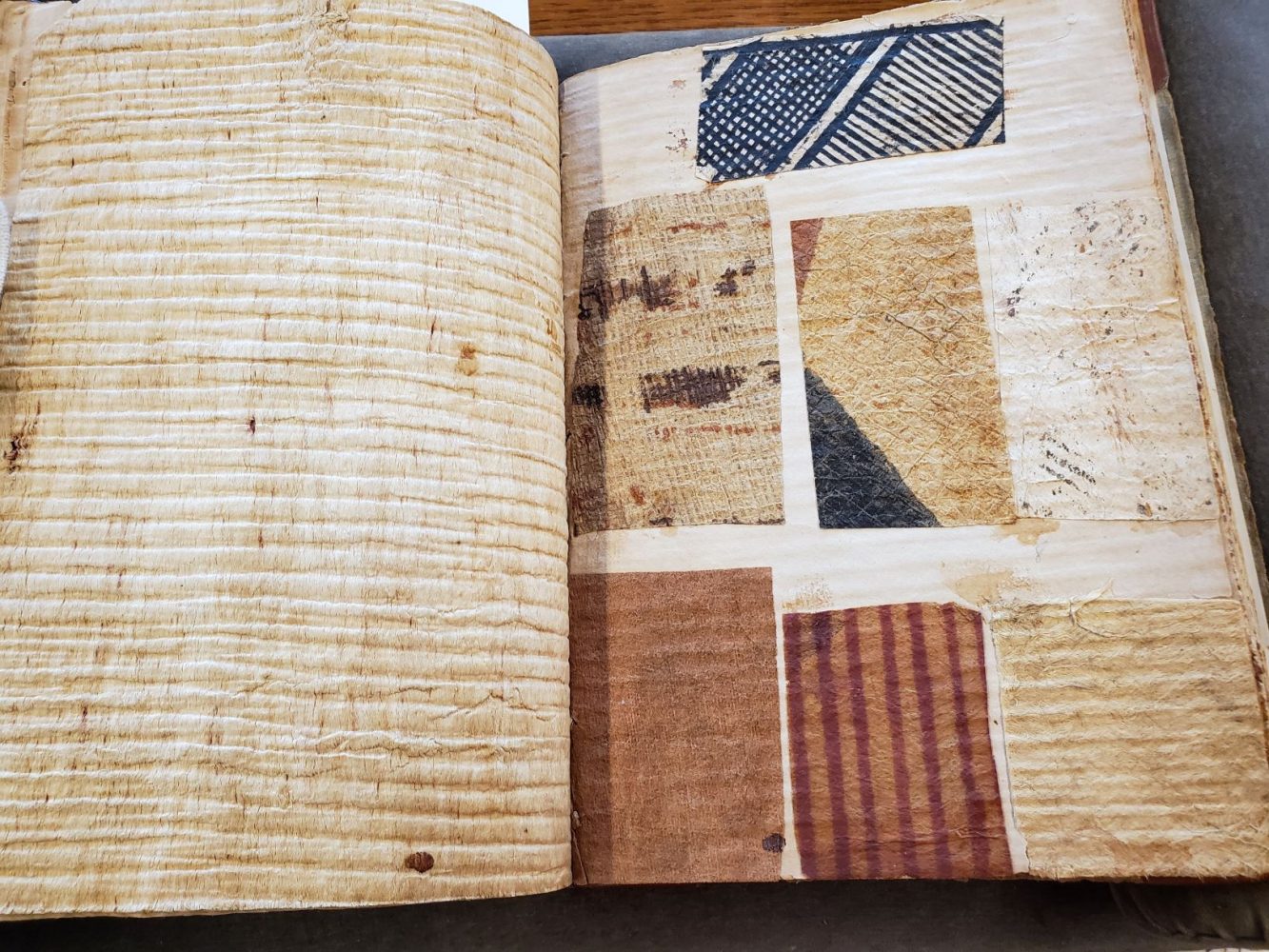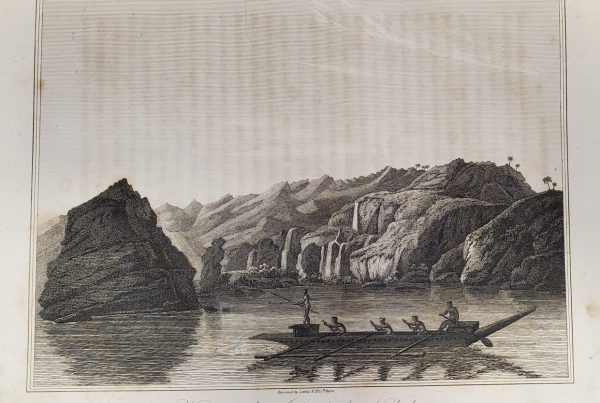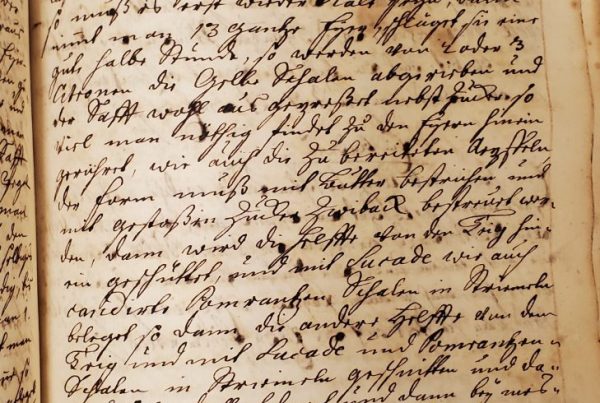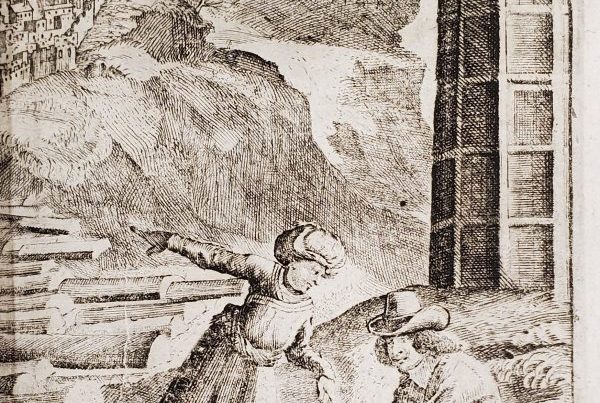Compiled by Anne Good, Assistant Curator at the James Ford Bell Library
In May, I wrote a blog post on sources for studying cloth in the collection of the Bell Library. I included in this piece one of my favorite items, A catalogue of the different specimens of cloth collected in the three voyages of Captain Cook, to the Southern Hemisphere : with a particular account of the manner of manufacturing the same in the various islands of the South Seas : partly extracted from Mr. Anderson and Reinhold Forster’s observations, and the verbal account of some of the most knowing of the navigators : with some anecdotes that happened to them among the natives. London: Now properly arrainged [sic] and printed for Alexander Shaw, No. 379, Strand, 1787. (Bell # 1787 Ca).

Bark cloth from A catalogue of the different specimens of cloth collected in the three voyages of Captain Cook, to the Southern Hemisphere (Bell # 1787 Ca).
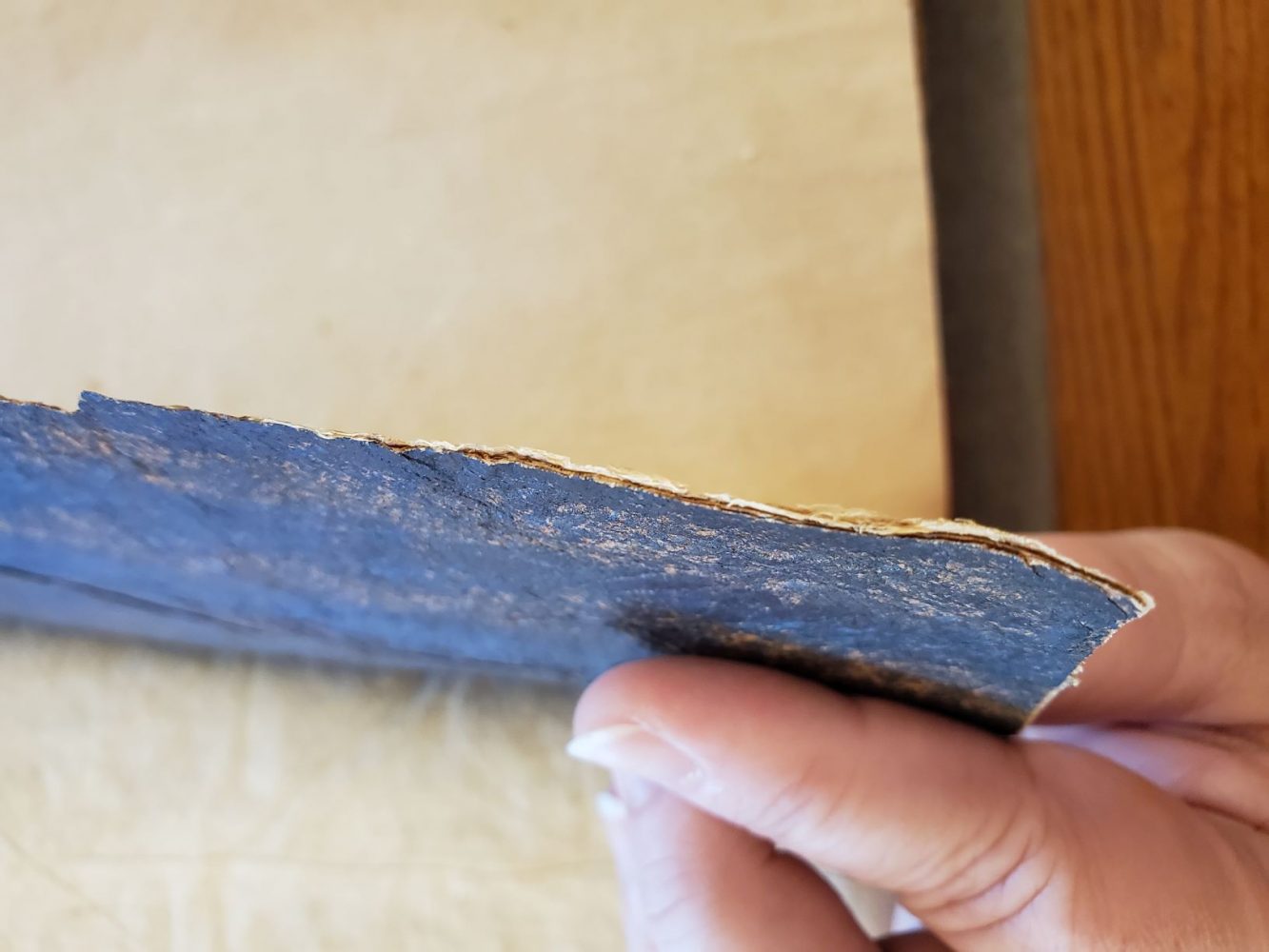 The catalog entry suggests that William Anderson and Reinhold Forster might best be considered as the authors of the text accompanying the cloth specimens. Alexander Shaw is simply designated the bookseller. Thus, my own plan for investigating this book further was to pursue the Anderson/Forster connection to see just how strong it was.
The catalog entry suggests that William Anderson and Reinhold Forster might best be considered as the authors of the text accompanying the cloth specimens. Alexander Shaw is simply designated the bookseller. Thus, my own plan for investigating this book further was to pursue the Anderson/Forster connection to see just how strong it was.
Happily, through the magic of the internet, my blog happened to be seen by Erica Ryan, who is the Assistant Director of Australian Collections Management (Printed Australiana) at the National Library of Australia. The National Library of Australia has four copies of A Catalogue of the different specimens of cloth, and Erica has been obsessed with them for several years now. She reached out to me to learn more about the Bell’s copy, and shared with me the research that she has been doing in connection with these incredible books, of which there are only 75 known copies.
Erica realized that Alexander Shaw, for whom the book was arranged and printed, was in fact the most important person to follow with regard to the creation of this book. She did some amazing historical detective work to find out a great deal about Mr. Shaw, his work, and how this book might have come about. She has graciously given me permission to re-post her work – two blog posts detailing her exciting research.
Here is her initial discovery from the Aberdeen Journal of 29 July 1807:
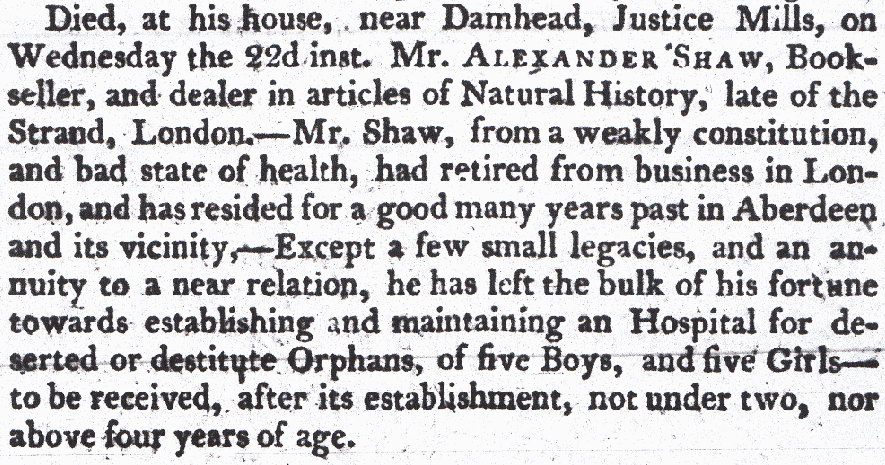
In the first post, “The mysterious Alexander H. Shaw,” Erica follows the leads to find out who Shaw was, and how he might have acquired the textiles sampled in his book. She concludes, “There is still much to be learned about our hitherto little-known Mr. Alexander Shaw, Whig-leaning, textile fancier, sweet tooth, sometime bookseller and dealer in natural history of Aberdeen, Edinburgh and London.”
[When you follow the link to this blog post, be sure to click on each of the four copies of A Catalogue of the different specimens of cloth, as they are fully digitized and each one is unique.]
In her second post on this subject, “Alexander’s roup/ raƱp (Scottish),” Erica shares another thrilling find that she made in Aberdeen, Scotland, namely, the lists made of Alexander Shaw’s belongings after his death: the “Roup list of books, prints, coins, minerals and other curiosities which belonged to the late Mr Alexander Shaw” (AET/SH/4/7- Records of Shaw’s Hospital, Aberdeen City and Aberdeenshire Archives). This discovery sheds further light on the printing history of A Catalogue of different specimens of cloth, and on Alexander’s brother and business partner, Hary.

Erica Ryan’s work is utterly engrossing. I’m inspired by the way she carefully traces connections both among people and among books, and I feel sure that we’re going to see more research on these volumes now that she has paved the way.


